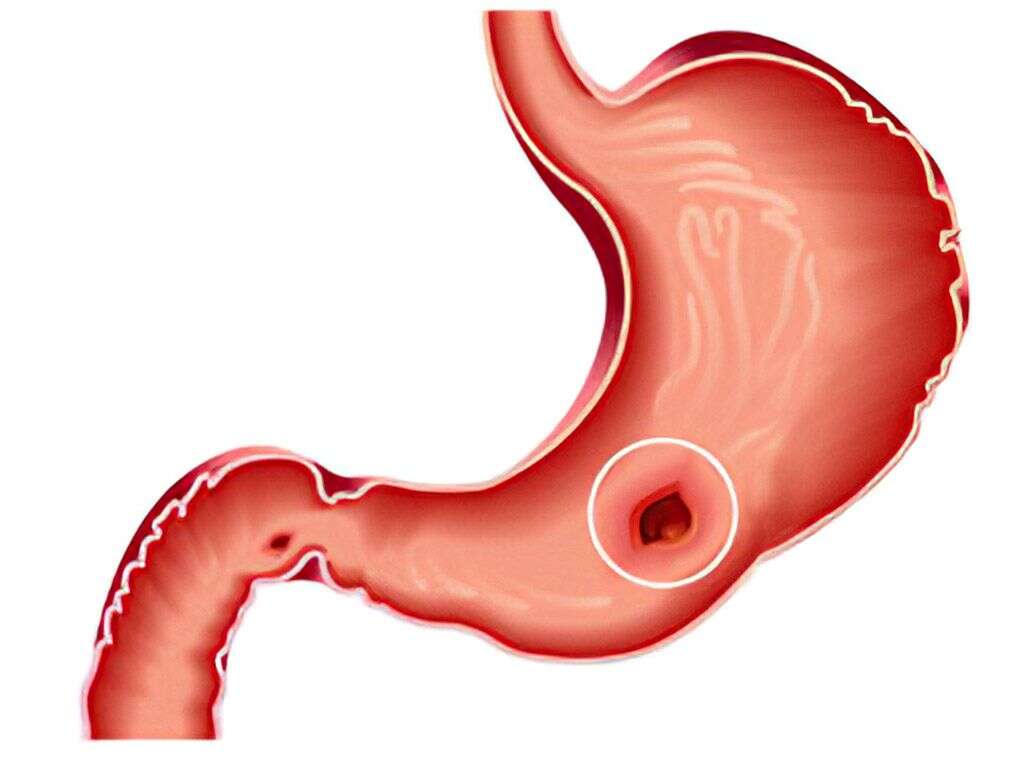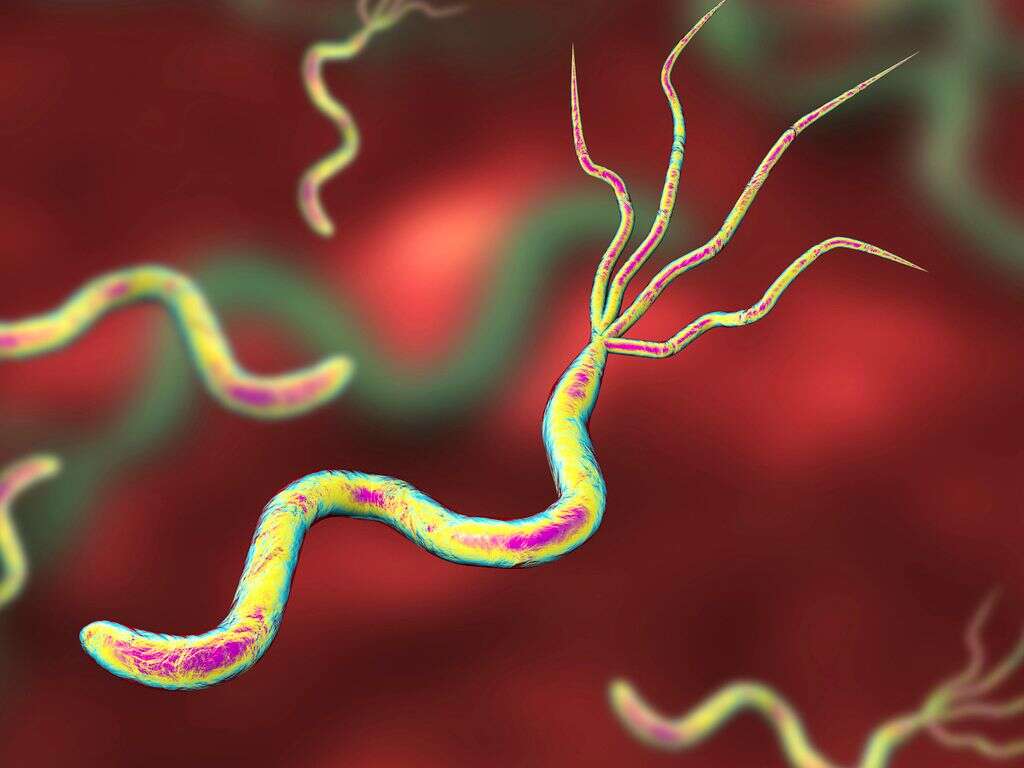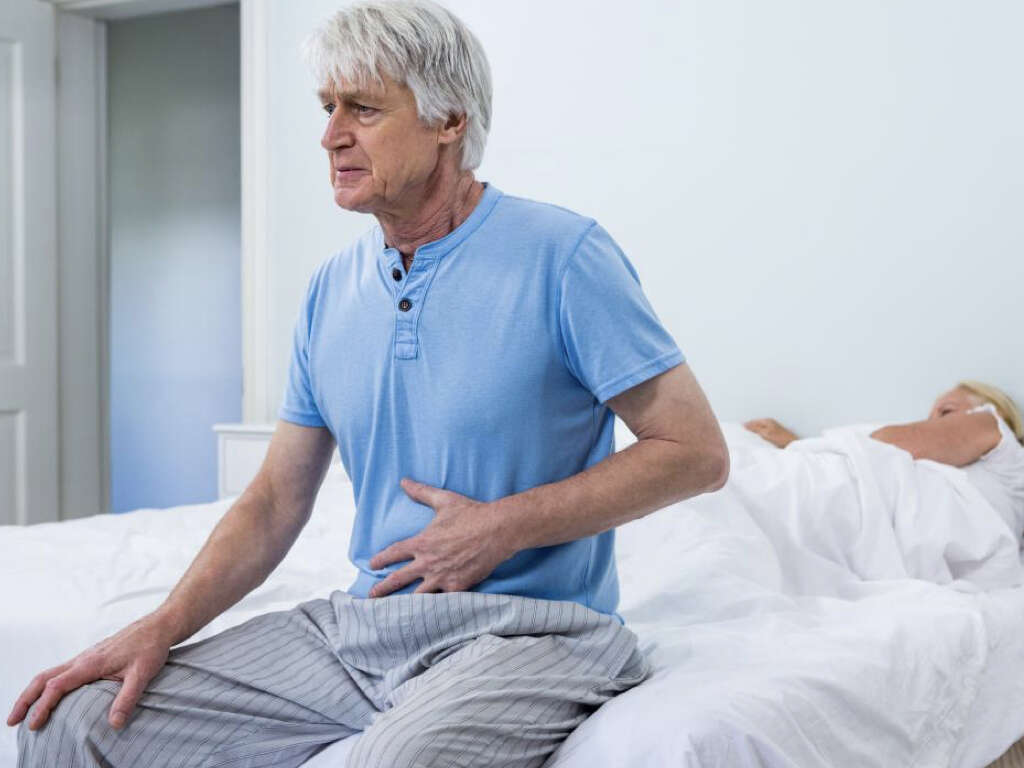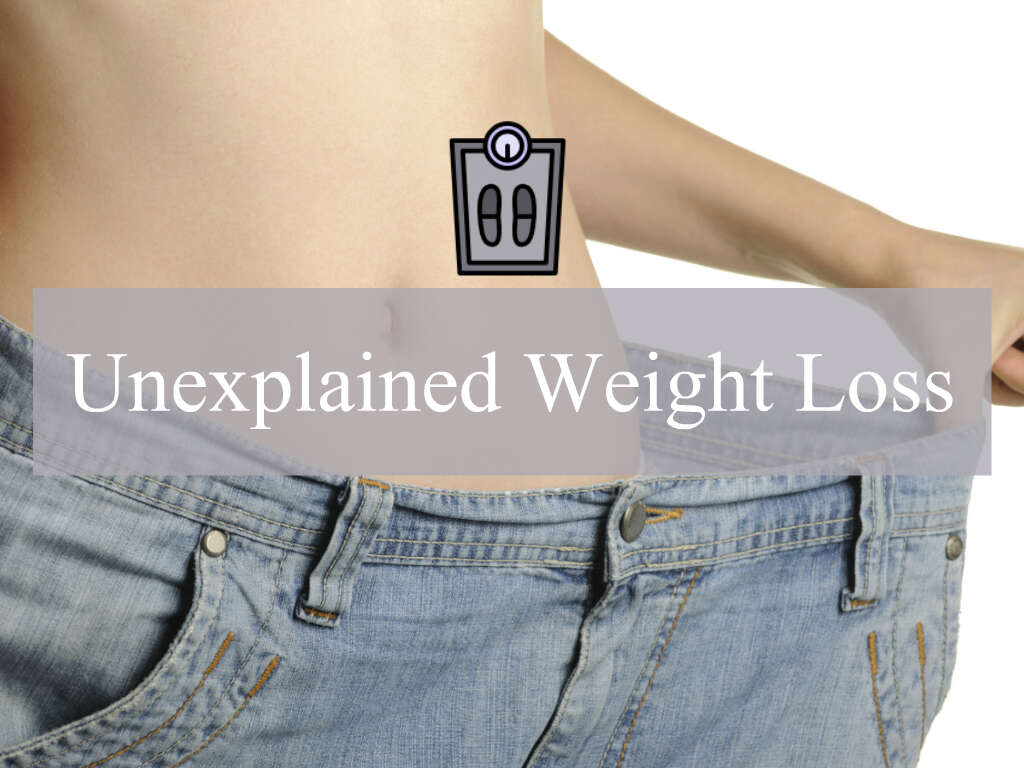10 Gastric Ulcer Symptoms
Gastric ulcers, which are just as often referred to as stomach ulcers, are uncomfortable and potentially painful sores that can develop in the lining of the stomach. Stomach ulcers are a form of peptic ulcers, and thus anyone suffering from a stomach ulcer would fit the diagnosis for having peptic ulcer disease. Peptic ulcers are those that influence the stomach as well as the small intestine, both of which can adversely affect digestion.
Stomach ulcers and other forms of peptic ulcers are generally caused by something that affects the production of mucus in the lining of the digestive tract. Among other defense mechanisms, the stomach produces a thick sheen of mucus that helps to protect the stomach lining from the acids that are used to digest food and destroy pathogens. If this stomach acid comes into contact with the lining of the stomach, such as it does when mucus and bicarbonate production decreases, ulcers can develop. The most common factor that leads to the development of ulcers is a bacterium referred to as Helicobacter pylori. This bacterium produces inflammation in the colonized mucosa in many ways. H pylori increases gastric acid secretion and reduces duodenal bicarbonate secretion. The other leading cause of ulcers is over-consumption or long-term use of NSAIDs, nonsteroidal anti-inflammatory drugs, which are over-the-counter medicines used to treat symptoms like headaches and joint pain. Other things can contribute to ulcers, such as excessive consumption of alcohol and smoking, but the first two factors are the most common.
Stomach ulcers can cause several unpleasant symptoms ranging from pain to nausea, and they can interfere with a person’s ability to digest food, leading to problems such as malnutrition. Fortunately, ulcers can be healed pretty quickly once they are recognized—it often only takes a couple of weeks for a patient to recover from an ulcer. Unfortunately, if ulcers are left untreated for a long time, they can develop complications and require surgical intervention. If you’re wondering about whether or not you have an ulcer, you might benefit from reading the following symptoms. However, if this is a concern you should seek medical consultation.
Symptom #1: Burning sensation in the Abdomen
One of the most common symptoms associated with stomach ulcers is a burning sensation. This burning sensation tends to arise in the abdomen in the area where the stomach is located in the upper half of your abdomen, towards the center (epigastrium). The exact location of the sensation will depend on where the ulcer is located.
Pain in the epigastrium generally occurs after meals (shortly or 2-3 hours later) and may wake up the patient at night (mostly duodenal ulcers). Food or antacids can provide relief for pain in duodenal ulcers. Every patient may have a specific daily pattern for pain.
Symptom #2: Dysphagia
Dysphagia is a medical term used to describe the disruption of the swallowing process that interferes with a person’s ability to ingest food. Patients may have trouble with the passage of liquids or solids from the mouth to the stomach. Dysphagia has many possible causes. It can be seen in severe PUD, esophagitis (i.e. GERD), motility disorders (i.e. achalasia), structural disorders (i.e. diverticulum, strictures, rings, fistulas), muscular disorders, as a side effect of drugs, etc.
Generally, clinical findings in patients with uncomplicated peptic ulcer disease (PUD) are minimal. However, among alarm symptoms that warrant immediate gastroenterology referral are recent sustained weight loss, progressive dysphagia or odynophagia, and recurrent vomiting. These symptoms can indicate a gastric outlet obstruction from a duodenal ulcer. These patients will also report bloating and fullness with nausea and vomiting occurring several hours after food intake.

Symptom #3: Weight Loss
Some people who have ulcers may experience some degree of weight loss.
One of the main reasons for this is because some people choose to reduce their food intake because it becomes physically uncomfortable or painful for them to eat meals. This can make them wary of consuming food, which results in weight loss.
Symptom #4: Nausea
Nausea is another one of the most common symptoms that people experience when they are suffering from an ulcer. If you’ve had stomach flu or carsickness before, then you’re probably familiar with the sensation of being nauseous.
Nausea is a peculiar queasy sensation in the stomach that indicates there is some sort of upset going on. In the case of an ulcer, nausea may or may not be accompanied by vomiting. Moreover, some patients who suffer from chronic untreated duodenal ulcers may develop a gastric outlet obstruction. This may be associated with nausea and vomiting some hours after intake.

Symptom #5: Bloating
Bloating is a sensation of being extremely full. Sometimes, people may experience bloating when they have indigestion, there is excessive gas production or disturbances in the movement of their digestive system (emptying of the stomach).
Bloating is an uncomfortable sensation that can be quite persistent in patients with peptic ulcers. In select cases, the outlet of the stomach may become blocked because of scarring, muscle spasms or inflammation related to an ulcer. This may cause vomiting and bloating. Patients with ulcers report feeling bloated for extended periods of time and don’t find that burping helps to relieve them of their symptoms.
Symptom #6: Anemia
Anemia is another symptom that can emerge for people who are suffering from an ulcer. This symptom tends to only emerge when the ulcer has become quite serious because it requires the ulcer to be bleeding.
Anemia is a condition in which the body is not able to transport enough oxygen throughout the blood. A bleeding ulcer can contribute to this. Symptoms of anemia can include fatigue, pallor, and weakness.
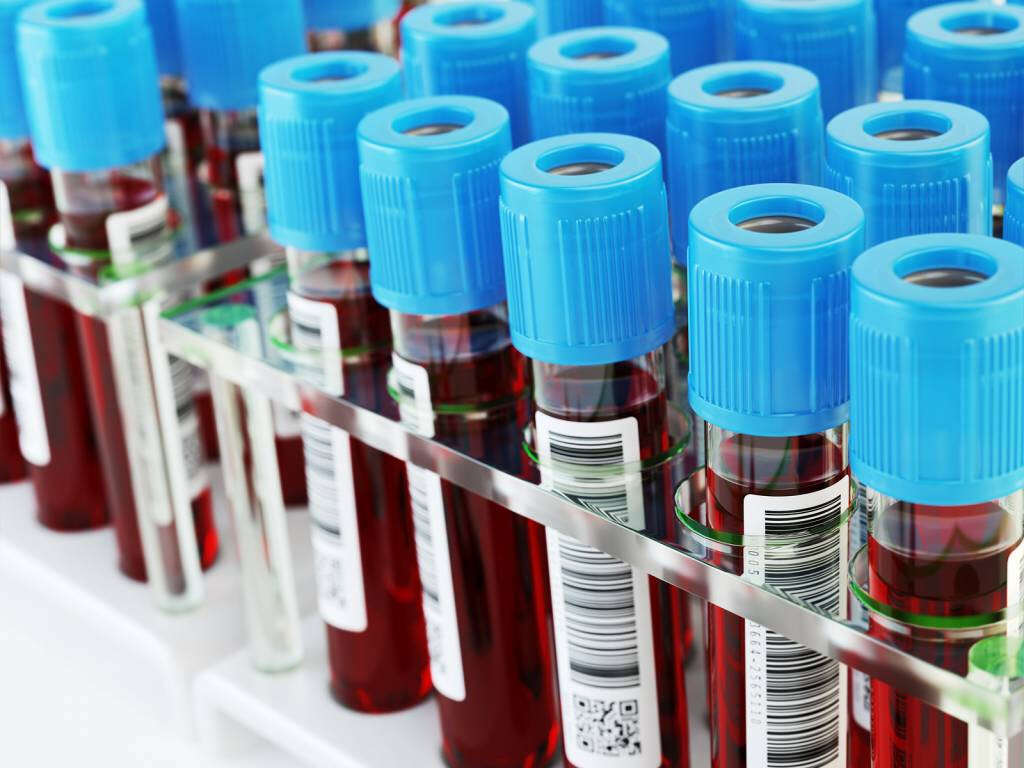
Symptom #7: Bloody Stool
People with serious ulcers may experience a bit of blood in their stool or their vomit When visible blood is present in patients’ stool, it can be indicative of a hemorrhage in the lower digestive system. However, if it has a dark, blackish color it is clinically referred to as melena, and usually indicative of a hemorrhage in the upper digestive system (i.e. peptic ulcers). This color and characteristic strong odor are caused by the alteration of hemoglobin in the blood by digestive enzymes and intestinal bacteria. PUD melena may be intermittent over various days or multiple episodes in a day.
Peptic ulcer disease is one of the most common causes of melena. If your stools are dark or entirely black, this may indicate blood in the stool.
Symptom #8: Abnormal Vomit
As mentioned earlier, some people with ulcers may experience blood in their vomit. The clinical term, for this, is hematemesis. It must not be confused with the coughing of blood, which is called hemoptysis. The source is usually the upper gastrointestinal tract, above the suspensory muscle of the duodenum.
If this is the case, you should seek medical attention immediately.

Symptom #9: Heartburn or Acid Reflux
Heartburn and acid reflux are conditions in which a person experiences a burning sensation in their chest, near the area where their heart is located.
Despite the name, heartburn isn’t actually your heart being burned—it occurs when your stomach acid comes into contact with the esophagus. The esophagus is not as protected as the rest of the stomach and this can cause a burning sensation.
Symptom #10: Early satiety
One sensation that some people with PUD may report is the inability to eat a full meal or feeling full after only a small amount of food. This is called early satiety and it is not exclusive of PUD. Some causes of early satiety are gastro-esophageal reflux disease (GERD), peptic ulcers in the stomach, obstruction of the gastric outlet (i.e. peptic ulcers), and gastric or abdominal tumors.
Symptoms associated with early satiety include the inability to eat a normal-sized meal, a sensation of being full after very little food, and nausea and vomiting that occur when trying to eat a normal meal. Also, this is one of the reasons that people with ulcers may lose weight rapidly —they might simply feel full much quicker than they would otherwise and find themselves eating less as a result.



